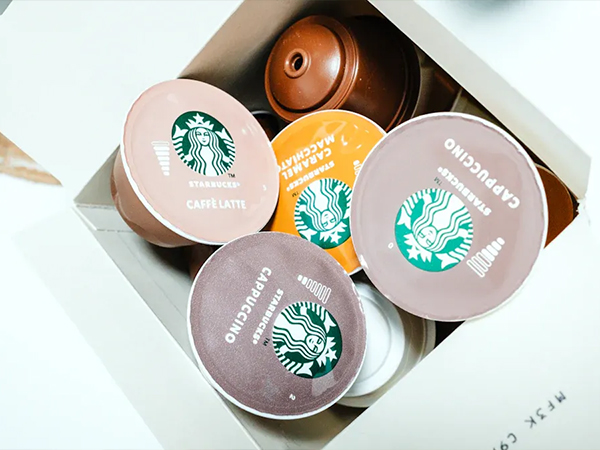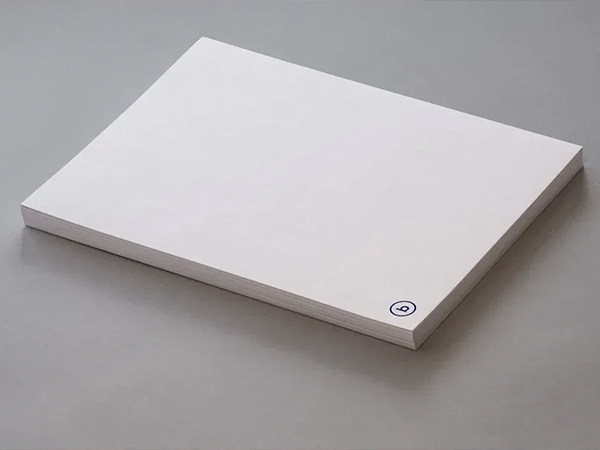
Image Source: Pixabay
Wet strength agents are specialty paper chemicals designed to improve the structural integrity of paper products when exposed to moisture. Without wet strength additives, most paper loses 95% of its original strength when wet. These agents are essential in grades such as tissue, paper towels, labels, liquid packaging board, and industrial sack paper.
The two most common types of wet strength agents include:
- Polyamide-epichlorohydrin (PAE) resins: The most widely used, offering excellent strength and water resistance.
- Melamine-formaldehyde (MF) and urea-formaldehyde (UF) resins: Typically used in specialty or high-performance applications but with more regulatory limitations due to formaldehyde content.
Working Mechanism of Wet Strength Agents
Wet strength resins function by forming permanent, water-resistant bonds between cellulose fibers. Unlike dry strength agents that rely on hydrogen bonding (which weakens when wet), wet strength agents create covalent or thermosetting crosslinks that resist water disruption.
PAE-based resins, for instance, contain azetidinium groups that react with carboxyl groups on cellulose. During the drying and curing process, the crosslinked network forms, making the paper more resistant to fiber separation in humid or wet conditions.
The chemical reactions typically occur:
- In mildly acidic to neutral conditions (pH 4.5–7)
- At temperatures above 80°C during the drying stage
Applications Across Paper Grades
Wet strength agents are indispensable in a wide range of paper applications:
- Tissue & Towel Papers: Improve wet burst and tensile strength for better performance in consumer use.
- Food & Liquid Packaging Board: Enhance resistance to moisture, oil, and liquid absorption.
- Labels & Wrappers: Maintain adhesion and structural integrity on moist surfaces.
- Filter Paper & Industrial Grades: Withstand pressure, steam, and chemical environments.
- Cigarette Paper: Ensure burnability while maintaining dimensional stability in humid storage.
In each case, the wet strength additive contributes to longer shelf life, improved end-user experience, and higher quality assurance.
Synergy with Other Paper Chemicals
Wet strength agents work best when integrated into a complete wet-end chemical strategy, often in combination with:
- Retention Aids (e.g., Cationic Polyacrylamide): Improve the retention of wet strength resins on the fiber surface, ensuring consistent performance.
- Surface & Internal Sizing Agents (e.g., AKD): Complement wet strength by reducing water penetration, especially in packaging grades.
- Fixatives (e.g., PolyDADMAC): Control the charge balance and improve resin anchoring efficiency.
By combining these additives, papermakers can achieve better strength, reduced resin consumption, and lower effluent loads.
Environmental Considerations and Formaldehyde-Free Options
With increasing environmental regulations (e.g., FDA, BfR, EU REACH), the industry is moving toward low-formaldehyde or formaldehyde-free wet strength agents.
At Amazon Chemicals, we offer advanced PAE resins with ultra-low AOX and formaldehyde content, ensuring compliance with global safety and sustainability standards—without compromising performance.
Our formulations are:
- Free of organic solvents
- Compliant with food contact regulations
- Efficient at low dosages, reducing COD in white water
Choose the Right Wet Strength Agent for Your Process
At Amazon Chemicals, we deliver tailored wet strength solutions optimized for your paper grade, machine conditions, and regulatory requirements.
👉 Need help selecting the best wet strength agent?
Contact our technical team or explore our full range of wet-end additives.






